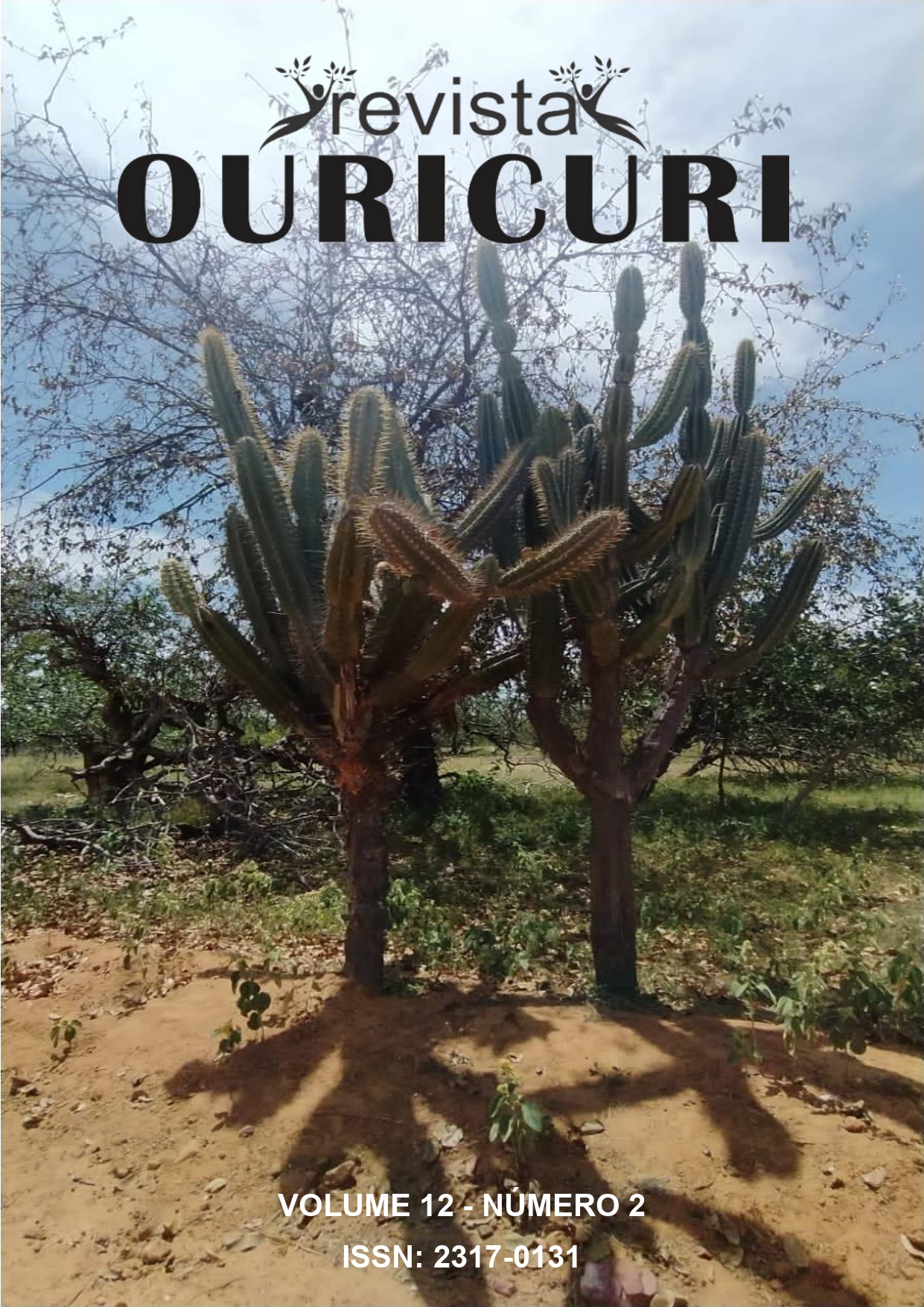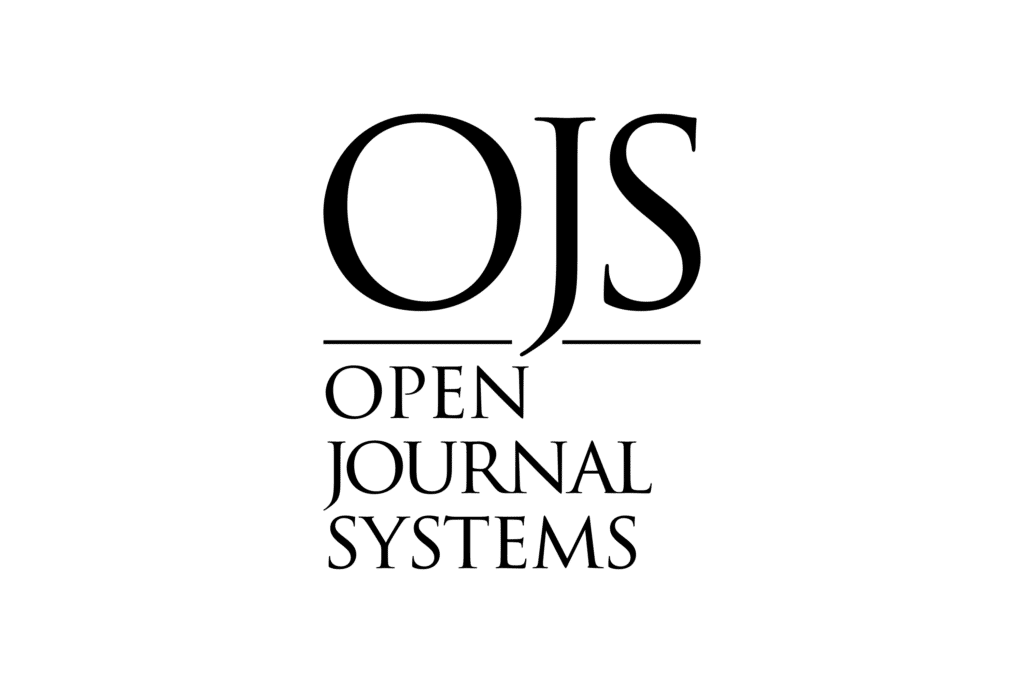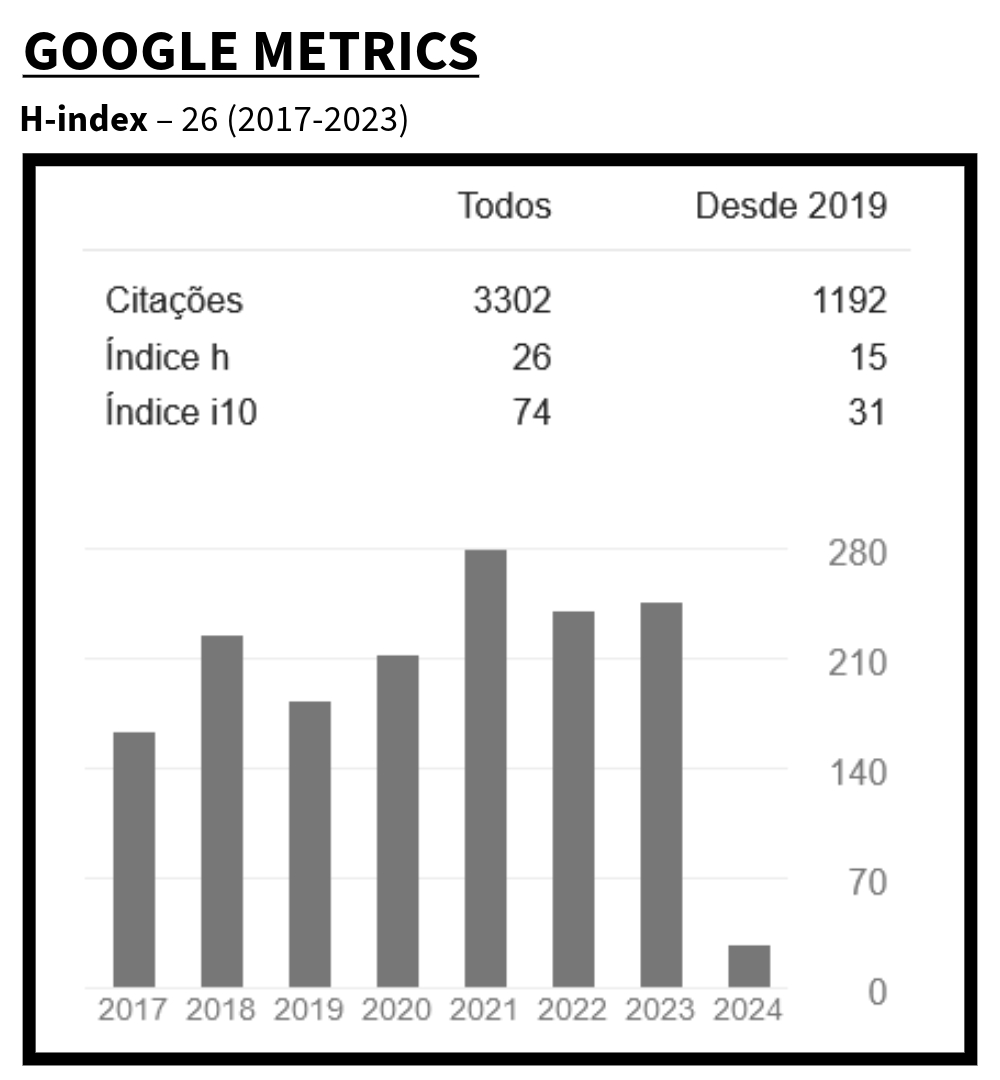SOCIAL AND ENVIRONMENTAL IMPACTS OF MINING IN THE MUNICIPALITY OF CHAPADA DA NATIVIDADE - TOCANTINS, BRAZIL
DOI:
https://doi.org/10.29327/ouricuri.12.2-4Keywords:
EM13CNT104, Historical Heritage, Atmospheric Pollution, Quilombola Territory, Public HealthAbstract
The objective of this study is to make a reflective analysis of the socio-environmental impacts of mining in the municipality of Chapada da Natividade/TO. For this, the perception of high school students from a state school were analyzed through the speeches presented in a debate, the records of the activities of the mining company Engegold in Chapada da Natividade through the analysis of documents on the website of the National Mining Agency, and the perception of the local community and authorities through the analysis of a meeting that took place at the Chapada da Natividade City Council. Only one visible benefit of mining in the municipality was highlighted, which is the generation of employment for the residents, and several harms such as the dust from the sterile soil piles, which consequently brings economic and health damages to the residents, cracks in the walls of the houses , noise pollution and destruction of historical heritage. The population does not seem to be being clarified about the issues related to the inspection of mineral exploitation, exploration of mineral resources, as well as the collection and collection of the Financial Compensation for the Exploration of Mineral Resources from the mining company to the municipality. In this sense, the municipal government should provide trained professionals in the mining area to meet the needs of the population.
Downloads
Downloads
Published
How to Cite
Issue
Section
License
Authors who publish in this journal agree to the following terms:
a) Authors maintain copyright and grant the magazine the right of first publication, with the work simultaneously licensed under the Creative Commons Attribution License which allows sharing of the work with recognition of authorship and initial publication in this magazine.
b) Authors are authorized to enter into additional contracts separately, for non-exclusive distribution of the version of the work published in this journal (e.g., publishing in an institutional repository or as a book chapter), with recognition of authorship and initial publication in this journal.
c) Authors are allowed and encouraged to publish and distribute their work online (e.g. in institutional repositories or on their personal page) as this can increase the impact and citation of the published work (See The Effect of Open Access).













 B1 (2017-2020)
B1 (2017-2020)



















